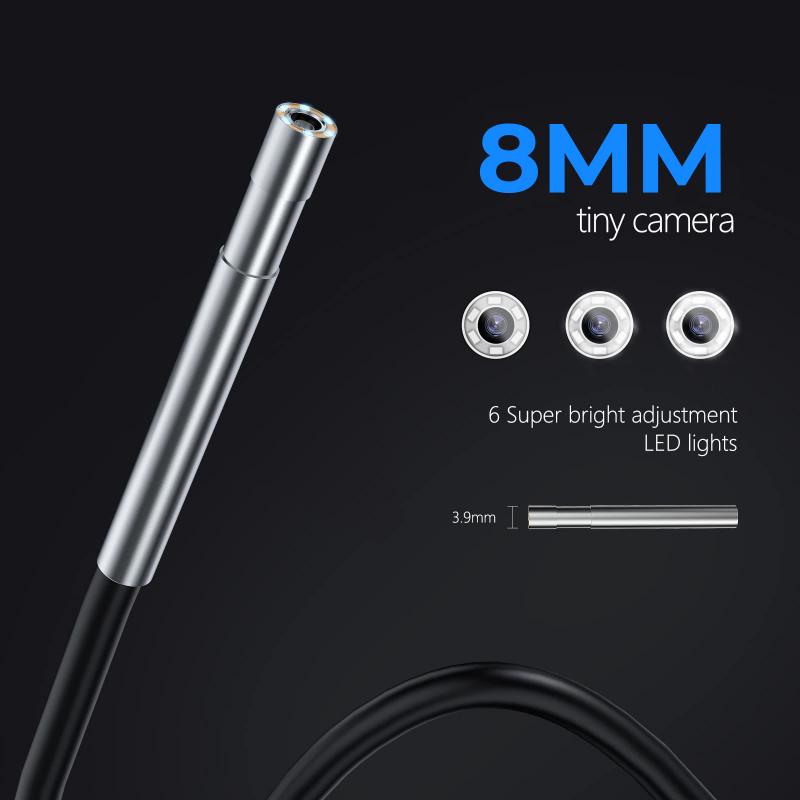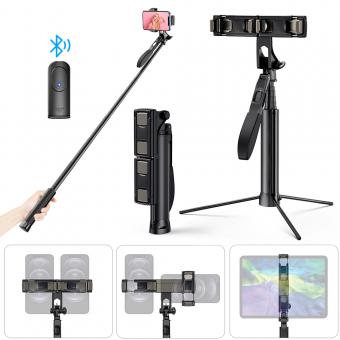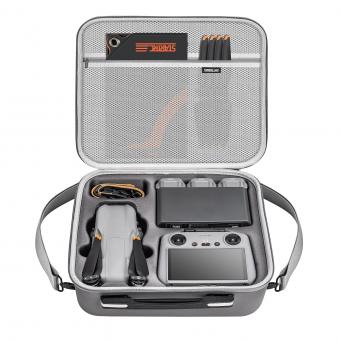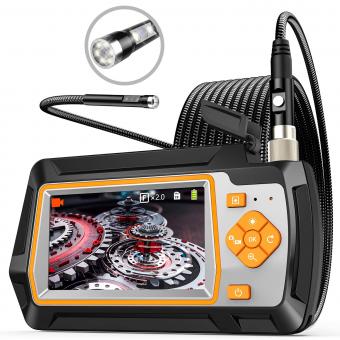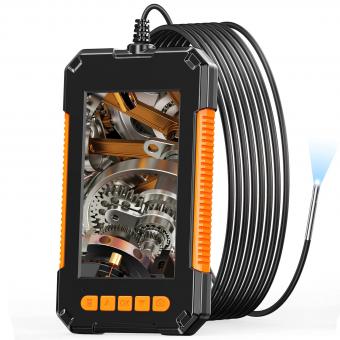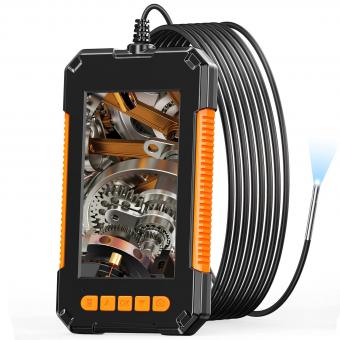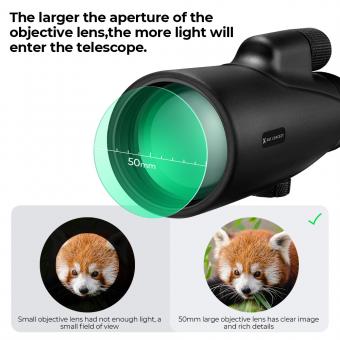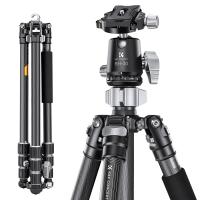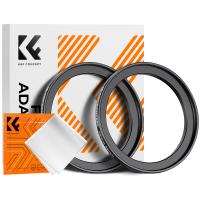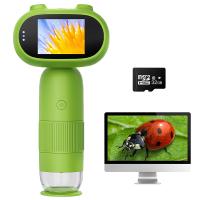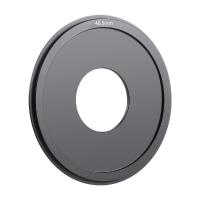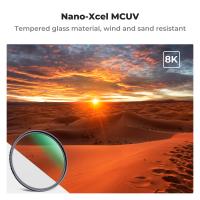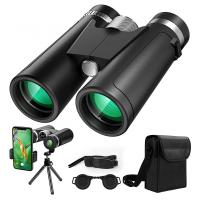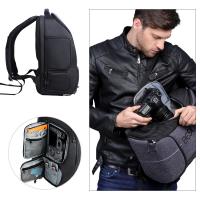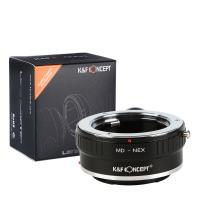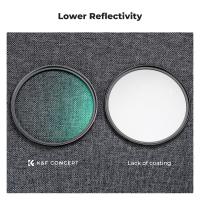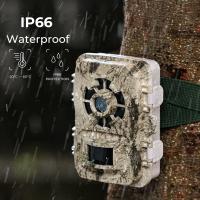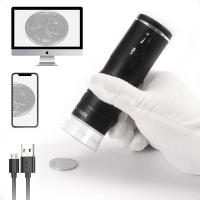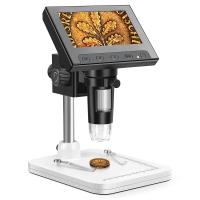How Does Light Travel Back Through An Endoscope ?
Light travels back through an endoscope via a series of optical fibers that are bundled together in the endoscope's flexible tube. These fibers are made of glass or plastic and are arranged in a specific pattern to transmit light from the source to the tip of the endoscope and back again. The light source is typically an LED or a halogen bulb, and the fibers are coated with a reflective material to prevent light from escaping. As the light travels through the fibers, it is reflected off the walls of the fibers and redirected towards the tip of the endoscope. At the tip, the light is focused and directed towards the area being examined. When the light reflects back from the area being examined, it travels back through the fibers and is transmitted to the eyepiece or camera at the other end of the endoscope. The image is then displayed on a monitor for the medical professional to view.
1、 Reflection
How does light travel back through an endoscope? The answer lies in the principle of reflection. When light enters the endoscope, it is directed towards the object being examined through a series of lenses and mirrors. The light then reflects off the object and travels back through the endoscope, where it is captured by a camera and displayed on a monitor for the viewer to see.
The mirrors inside the endoscope are designed to reflect the light at specific angles, allowing for a clear and detailed image of the object being examined. The lenses help to focus the light and adjust the magnification, providing a closer look at the object.
Recent advancements in endoscope technology have led to the development of digital endoscopes, which use sensors to capture the reflected light instead of a camera. This allows for even higher resolution images and greater flexibility in the design of the endoscope.
Overall, the principle of reflection plays a crucial role in how light travels back through an endoscope. By carefully controlling the angles of reflection and using high-quality lenses and mirrors, endoscopes are able to provide detailed and accurate images of the internal structures of the body.
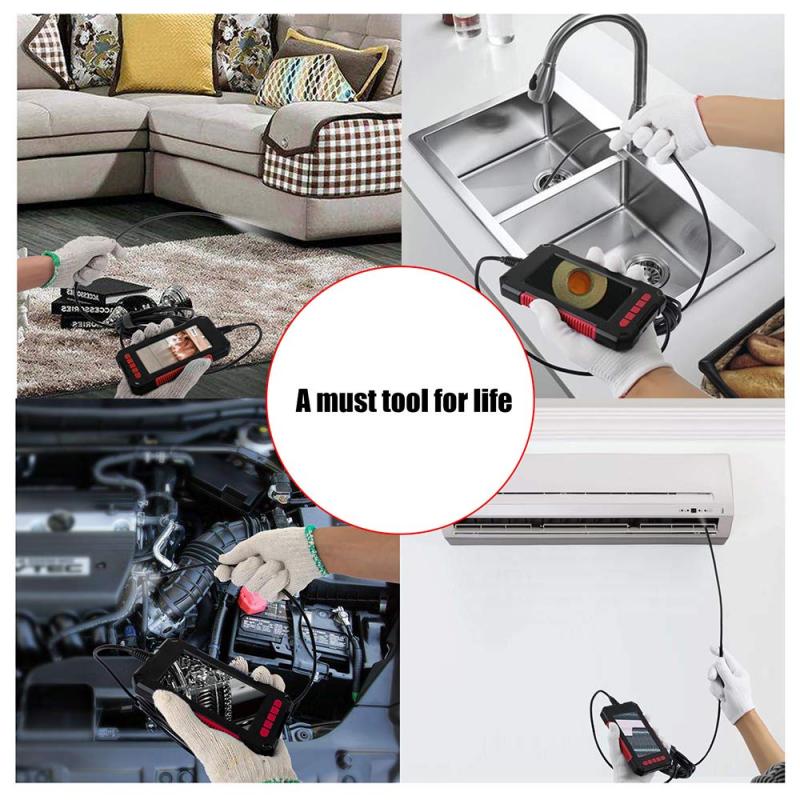
2、 Refraction
How does light travel back through an endoscope? The answer lies in the phenomenon of refraction. Refraction is the bending of light as it passes through a medium with a different refractive index. In the case of an endoscope, light enters the instrument through a lens at the tip of the device. This lens is designed to focus the light onto the object being examined. The light then passes through a series of lenses and mirrors, which direct it back towards the eyepiece or camera at the other end of the endoscope.
As the light passes through the various lenses and mirrors, it is refracted multiple times. Each time it passes through a new medium with a different refractive index, it changes direction slightly. This allows the light to be directed around corners and through narrow passages, enabling the endoscope to reach areas that would otherwise be inaccessible.
Recent advances in endoscope technology have focused on improving the quality of the images produced by these devices. One approach has been to use advanced materials with unique optical properties to improve the clarity and resolution of the images. Another approach has been to incorporate advanced imaging technologies, such as fluorescence imaging, to enhance the contrast and detail of the images.
In conclusion, the ability of light to travel back through an endoscope is due to the phenomenon of refraction. This allows the light to be directed around corners and through narrow passages, enabling the endoscope to reach areas that would otherwise be inaccessible. Ongoing advances in endoscope technology are focused on improving the quality of the images produced by these devices, with a particular emphasis on enhancing the clarity, resolution, and contrast of the images.

3、 Total internal reflection
How does light travel back through an endoscope? The answer lies in the principle of total internal reflection. Endoscopes are medical instruments that allow doctors to see inside the body without making large incisions. They consist of a long, thin tube with a camera and light source at one end. The light travels down the tube and illuminates the area being examined, while the camera captures images that are transmitted to a monitor for viewing.
Total internal reflection occurs when light travels through a medium with a higher refractive index and encounters a boundary with a medium of lower refractive index at an angle greater than the critical angle. In the case of an endoscope, the tube is made of a material with a higher refractive index than the surrounding air or tissue. When light enters the tube at an angle greater than the critical angle, it reflects off the inner surface of the tube and continues to travel down the tube.
The latest point of view on total internal reflection in endoscopes is that it has revolutionized the field of minimally invasive surgery. Endoscopes allow doctors to perform procedures with smaller incisions, less pain, and faster recovery times. Advances in technology have also led to the development of smaller and more flexible endoscopes, which can reach areas of the body that were previously inaccessible.
In conclusion, total internal reflection is the principle that allows light to travel back through an endoscope. This technology has transformed the field of medicine and has made it possible for doctors to diagnose and treat a wide range of conditions with minimal invasiveness. As technology continues to advance, we can expect to see even more innovative uses for endoscopes in the future.

4、 Fiber optics
Fiber optics is the technology that enables light to travel back through an endoscope. Fiber optics is a method of transmitting light through a thin, flexible fiber made of glass or plastic. The fiber is coated with a material that reflects light, allowing it to travel through the fiber without being absorbed or scattered.
In an endoscope, a bundle of fiber optic cables is used to transmit light from the light source to the tip of the endoscope. The light is then reflected back through the endoscope by the tissue or object being examined, and the reflected light is transmitted back through the fiber optic cables to the eyepiece or camera.
The use of fiber optics in endoscopy has revolutionized the field of medicine, allowing doctors to perform minimally invasive procedures with greater precision and accuracy. Fiber optic endoscopes are used in a wide range of medical procedures, including colonoscopies, bronchoscopies, and laparoscopies.
Recent advancements in fiber optic technology have led to the development of smaller, more flexible fibers that can be used in even more minimally invasive procedures. These fibers are also more durable and resistant to damage, making them ideal for use in harsh environments such as the digestive tract.
In conclusion, fiber optics is the key technology that enables light to travel back through an endoscope. Its use has revolutionized the field of medicine, allowing doctors to perform minimally invasive procedures with greater precision and accuracy. Ongoing advancements in fiber optic technology are likely to lead to even more innovative uses for endoscopes in the future.
